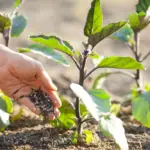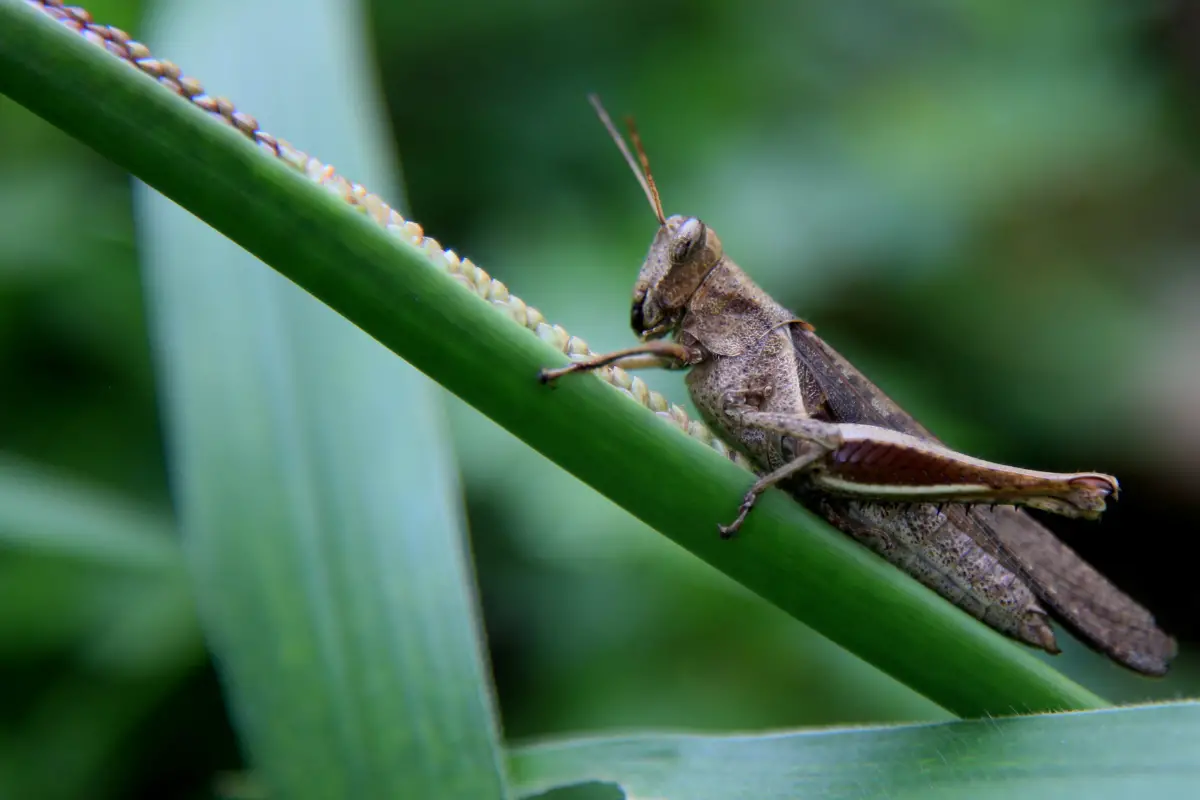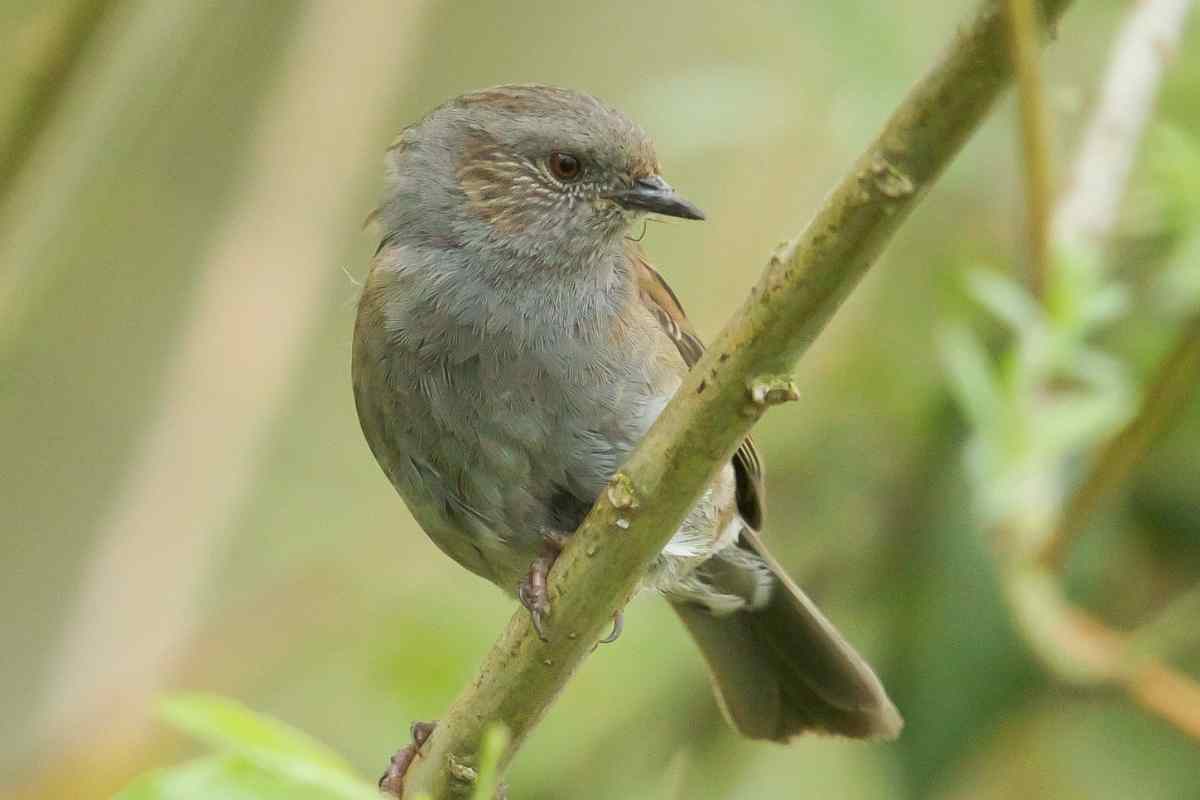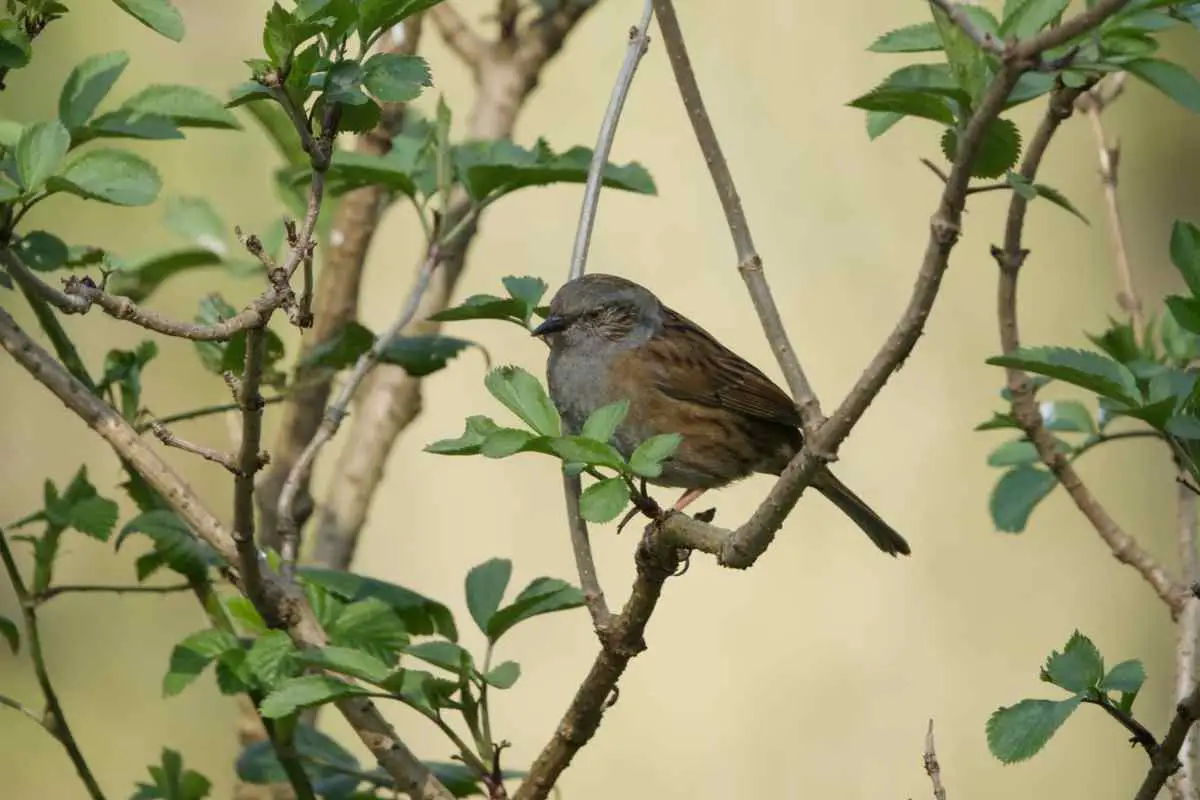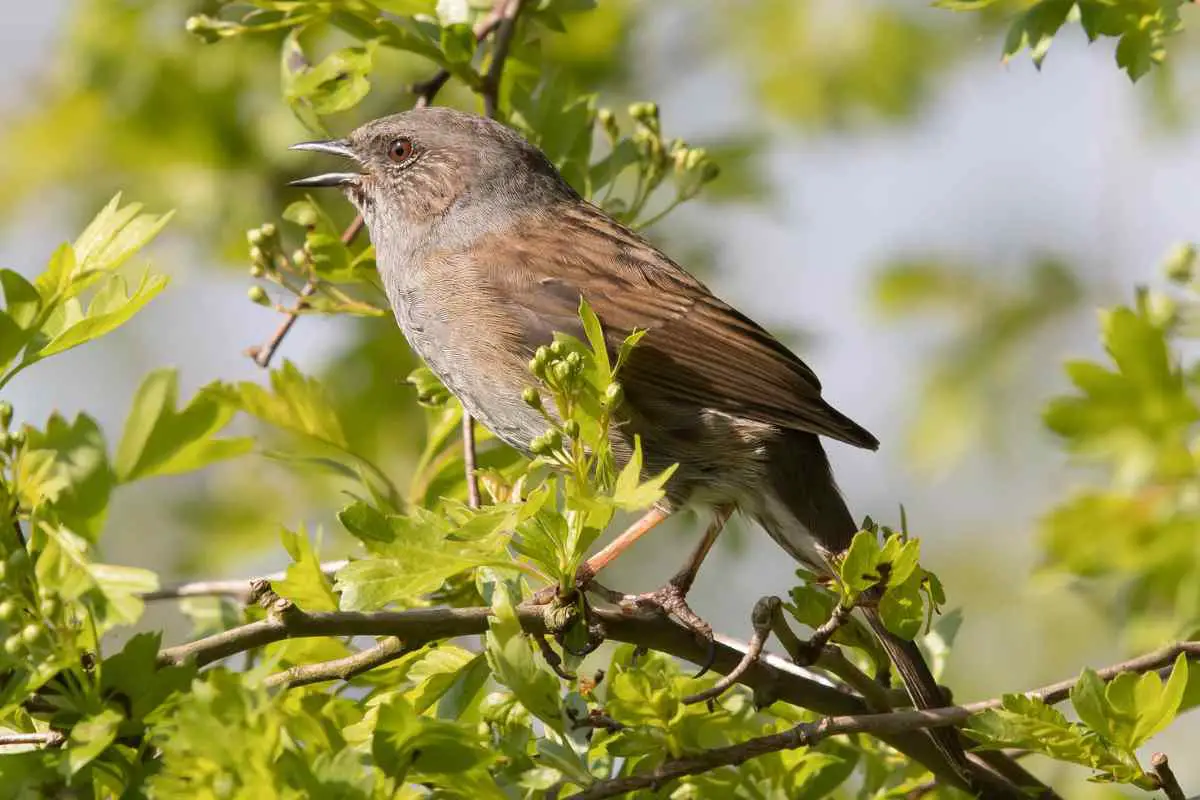White worms in plant soil are a common problem that many gardeners face. While some of these worms are beneficial to the soil and plants, others can cause significant damage.
It is important to identify the type of white worm present in the soil to determine if it is harmful or not.
There are several types of white worms that can be found in plant soil, including pot worms, nematodes, grubs, and gnats.
Some of these worms are part of the natural ecosystem of the soil and can help improve soil health. However, others can cause damage to plant roots and impact plant growth.
Overwatering and poor drainage are common causes of white worms in plant soil, so it is important to ensure that plants are not being overwatered and that there is proper drainage in the soil.
If white worms are present in plant soil, it is important to take action to prevent damage to plants.
There are several methods for controlling white worms, including using natural predators, applying organic insecticides, and improving soil drainage.
With proper identification and treatment, gardeners can effectively manage white worms in plant soil and maintain healthy plants.
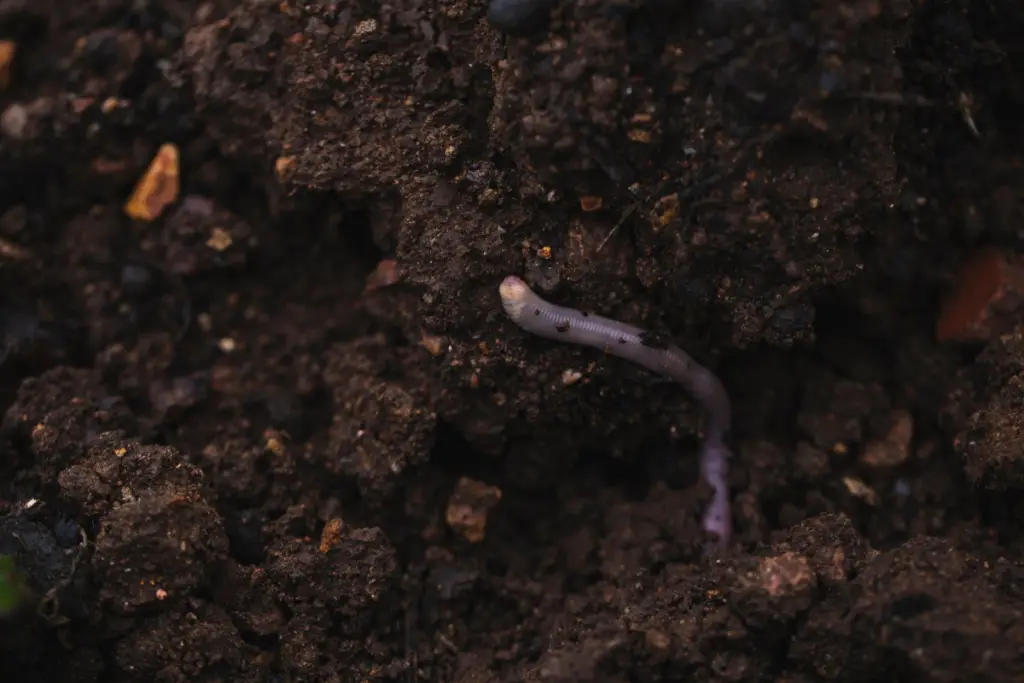
Table of Contents
Identifying White Worms in Plant Soil
White worms in plant soil can be a common problem for gardeners and plant enthusiasts. It is important to identify the type of worm to determine the best course of action to take.
Here are a few ways to identify white worms in plant soil:
- Pot Worms: These are translucent worms that are larger than roundworms. They closely resemble smaller species of earthworms and are visible to the naked eye. They are primarily found in compost soil and are not harmful to the plant. Pot worms play a positive role in the soil by breaking down organic matter and improving soil structure.
- Fungus Gnats: These are small, dark-colored flies that are often found around houseplants. Their larvae are white, worm-like creatures that feed on organic matter in the soil. Fungus gnat larvae are not harmful to plants, but they can cause damage to roots if they become too numerous.
- Rootworms: These are small, white worms that feed on the roots of plants. They can cause significant damage to the plant if left untreated. Rootworms are often found in soil that is too wet or has a high organic content.
- Grub Worms: These are white, C-shaped larvae that are often found in vegetable gardens. They feed on the roots of plants and can cause significant damage if left untreated. Grub worms are often found in soil that is too wet or has a high organic content.
Identifying the type of white worm in plant soil is the first step in determining the best course of action to take.
Once you have identified the type of worm, you can take steps to control their population and prevent further damage to your plants.
Causes of White Worms in Plant Soil
White worms in plant soil can be a common problem for gardeners. Understanding the causes of these worms is essential to prevent their occurrence and keep plants healthy.
Here are some of the main reasons why white worms appear in plant soil:
- Too Much Watering: Overwatering can lead to the accumulation of moisture in the soil, providing a suitable environment for white worms to thrive. It is essential to water plants only when needed and avoid leaving standing water in the soil.
- Change in the Soil’s pH: Changes in soil pH can affect the growth of plants and create conditions conducive to the growth of white worms. Gardeners should ensure that the soil pH is within the recommended range for the plants they are growing.
- Too Much Organic Matter: Excessive organic matter in the soil can attract white worms. Gardeners should avoid adding too much organic matter to the soil.
- Too Much Humidity: High humidity levels can lead to the growth of white worms in plant soil. Gardeners should ensure that the humidity levels in the growing area are within the recommended range for the plants they are growing.
It is essential to identify the cause of white worms in plant soil to take appropriate measures to get rid of them.
In the next section, we will discuss some effective ways to deal with white worms in plant soil.
Preventing White Worms in Plant Soil
To prevent white worms from appearing in plant soil, it is important to maintain a healthy environment for plants. Here are some tips to prevent white worms in plant soil:
- Avoid overwatering: Overwatering can create a moist environment that is conducive to the growth of white worms. Water plants only when the soil is dry to the touch.
- Maintain proper drainage: Proper drainage is important to prevent water from accumulating in the soil. Make sure that the pot has drainage holes and that excess water can escape.
- Use clean soil: Use clean soil that is free of pests and pathogens. If using recycled soil, sterilize it before use to kill any potential pests.
- Avoid using too much organic matter: Too much organic matter can create a breeding ground for white worms. Use a balanced soil mix that contains a moderate amount of organic matter.
- Maintain proper humidity: White worms thrive in humid environments. Use a dehumidifier if necessary to maintain proper humidity levels.
By following these tips, gardeners can create a healthy environment for their plants and prevent the appearance of white worms in plant soil.
Treating White Worms in Plant Soil
When dealing with white worms in plant soil, there are several methods to get rid of them. Here are some effective ways to treat white worms in plant soil:
1. Wash Your Soil
One way to get rid of white worms in plant soil is by washing the soil. This can be done by removing the plant from its pot and washing the soil off the roots. This will remove any white worms that are present in the soil. After washing the soil, it is important to let it dry completely before repotting the plant.
2. Remove the Top Layer
Another way to get rid of white worms in plant soil is by removing the top layer of soil. This is where the white worms are usually found. By removing the top layer of soil, you can remove the white worms and their eggs. After removing the top layer of soil, it is important to replace it with fresh soil.
3. Try Biological Control
Biological control is another way to get rid of white worms in plant soil. This involves introducing natural predators of white worms into the soil. For example, nematodes are a natural predator of white worms. By introducing nematodes into the soil, they will eat the white worms and their eggs.
4. Use Insecticides
Insecticides can also be used to get rid of white worms in plant soil. However, this should be used as a last resort and with caution. Insecticides can be harmful to the plant and the environment. It is important to read the label carefully and follow the instructions.
5. Maintain Adequate Moisture and Humidity
Maintaining adequate moisture and humidity in the soil can also help prevent white worms from appearing. White worms thrive in moist and humid conditions. By allowing the soil to dry out between waterings, you can prevent white worms from appearing.
Overall, there are several effective ways to treat white worms in plant soil. By using a combination of these methods, you can get rid of white worms and prevent them from reappearing.
Conclusion
In conclusion, the presence of a white worm in plant soil suggests a healthy and well-functioning soil ecosystem, contributing to improved soil structure, nutrient availability, and overall plant health.
However, further investigation is required to determine the specific nature of the worm and its potential impact on the plants.
- How to Build a Planter Box for Bamboo: A Step-by-Step Guide

- Can Robotic Lawnmowers Handle Steep Slopes?

- Do You Need a Specific Lawn for a Robotic Lawnmower? Expert Advice

- Are Robotic Lawnmowers Safe for Pets and Children? Safety Features of Robotic Lawnmowers

- Why Use Robotic Lawnmowers? Advantages of Using a Robotic Lawnmower

- Is the GARDENA SILENO City 300 Cordless or Corded? A Clear Answer










